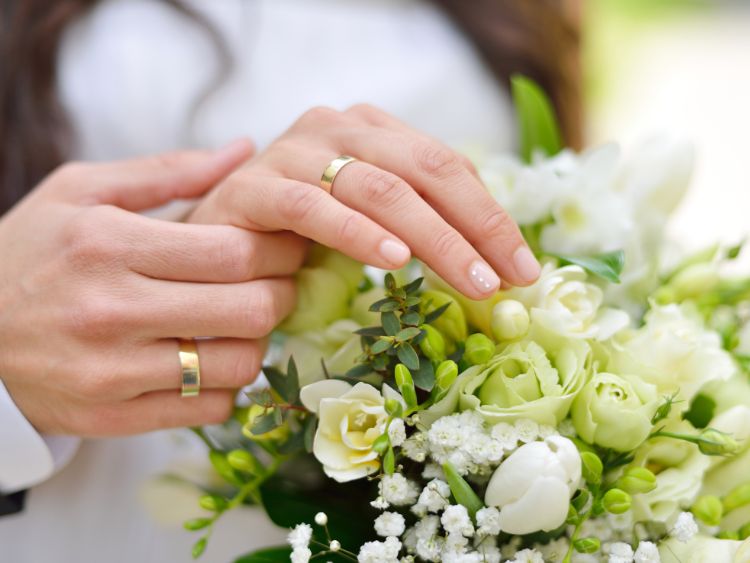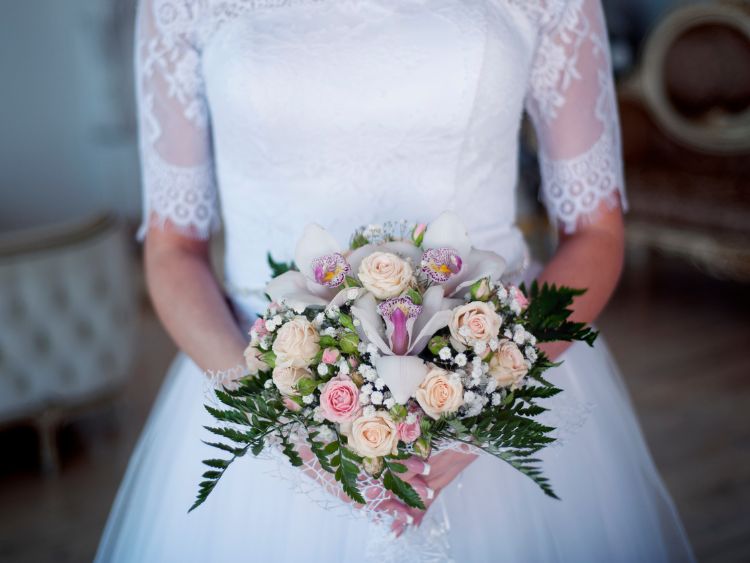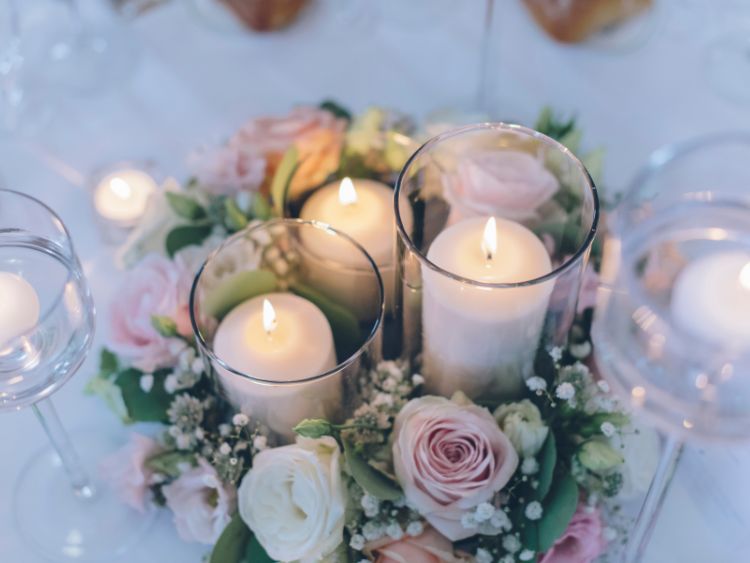What is Wedding Photography?
A branch of photography called wedding photography focuses on capturing the most memorable moments from a wedding celebration. To capture the most special moments of a wedding, a photographer can use both portrait and documentary photography. This type photography can also be used to capture the days leading up the wedding ceremony.
What equipment is required to photograph a wedding
A few essential pieces of equipment are required to capture the best moments during a wedding shooting.
- A camera. You can either get a DSLR or a mirrorless camera to suit your needs. You should choose a camera with fast shutter speeds, reliable autofocus and reliable power. You can edit your wedding photographs after the ceremony but the original quality of the images will dictate the final result.
- Lenses. Wideangle zooms work well for candid photos and group photoshoots, while macro lenses are more suitable for closer-ups (like the bouquet, table settings, and rings). To be able to swap lenses between different situations and shots, keep several lenses available.
- Use external flashes and diffusers. There are some weddings that take place at night or where there is limited natural light. You can control the lighting and avoid blurry photos by bringing your own light source. Add a flashgun or another external camera flash, along with a diffuser to soften, to your light source arsenal.
- Other accessories. Always keep extra batteries, chargers, memory cards, and other items in your camera bag. This will ensure that you always have backups in case your main gear fails. Always bring a backup camera.
8 Tips for Wedding Photography
Here are eight important tips for wedding photographers, no matter if you’re starting your wedding or a veteran.
- Get to grips with your gear. Be familiar with your entire camera gear, including lenses, settings and shooting modes. For example, you can capture fun moments at the reception while a fast shutter speed will work best for portraits. For group shots, a wide angle lens is ideal. A prime lens (lenses having a fixed focal distance) is the best choice for high-resolution images of the bride and groom at the altar. You can capture the highest quality images possible when photographing weddings by knowing the best settings and lenses. To ensure that your equipment is working properly, test it out before you start shooting.
- Ask for help. It’s a good idea to bring a second photographer who can capture alternate angles. A second photographer can take over the small, candid moments so you have enough time to capture the more important and emotional moments. You will have more photo options in post-processing if you bring a second camera.
- Prepare. Weddings may be unpredictable and stressful. You should prepare for everything. Do not forget to bring extra batteries or memory cards. Also, be sure to have backup plans and be ready to switch gears in case of emergency. Preparation can help save the day and guide you on how to deal with similar issues at your next event.
- Be aware of who you’re photographing. Wedding day is about the couple, their guests and their families. Ask for a list or the seating arrangements so you are familiar with everyone in the wedding party.
- You should be familiar with the venues. To see the layout of the space and the lighting options, visit the venue prior to the wedding. You should visit the venue before shooting the wedding. It will be easier to prepare for potential problems (such as poor lighting and a difficult landscape) that you might face on the actual wedding day. You should arrive early if you are shooting a destination marriage to allow enough time to explore the area and meet the team.
- Make sure you have a shot listing. You will be able to refer back to this shot list throughout the ceremony. Take photos of the key moments like the bride’s first look, the bridal party getting ready, family moments, and the flower girl walking down a aisle. The cake-cutting ceremony is the last. Make sure you ask your clients as well as their families for any shots they are interested in.
- Be bold. For intimate moments between the bride-groom on the dance floor, you will need to be in a visible position. Look for a spot that allows you to get the best shot without being intrusive.
- Pay attention. Keep your eyes open at all times. Do not allow distractions to distract you from capturing a moment such as the couple’s first dancing. There are many creative ways you can capture a moment. You don’t have to settle for one photo. Multiple photos can make memorable images.
Read Also:
https://www.weddingforlife.us/blackish-wedding/
https://www.weddingforlife.us/wedding-marriage/
https://www.weddingforlife.us/the-proposal/
https://www.weddingforlife.us/wedding-guests-refuse/
https://www.weddingforlife.us/home-wedding-cake/
https://www.weddingforlife.us/wedding-gown-preservation/
https://www.weddingforlife.us/wedding-tends/
https://www.weddingforlife.us/six-women-share-their-experiences/
https://www.weddingforlife.us/gorgeous-engagement-photo-ideas/
https://www.weddingforlife.us/right-time-to-start-a-conversation-with-your-partner/


